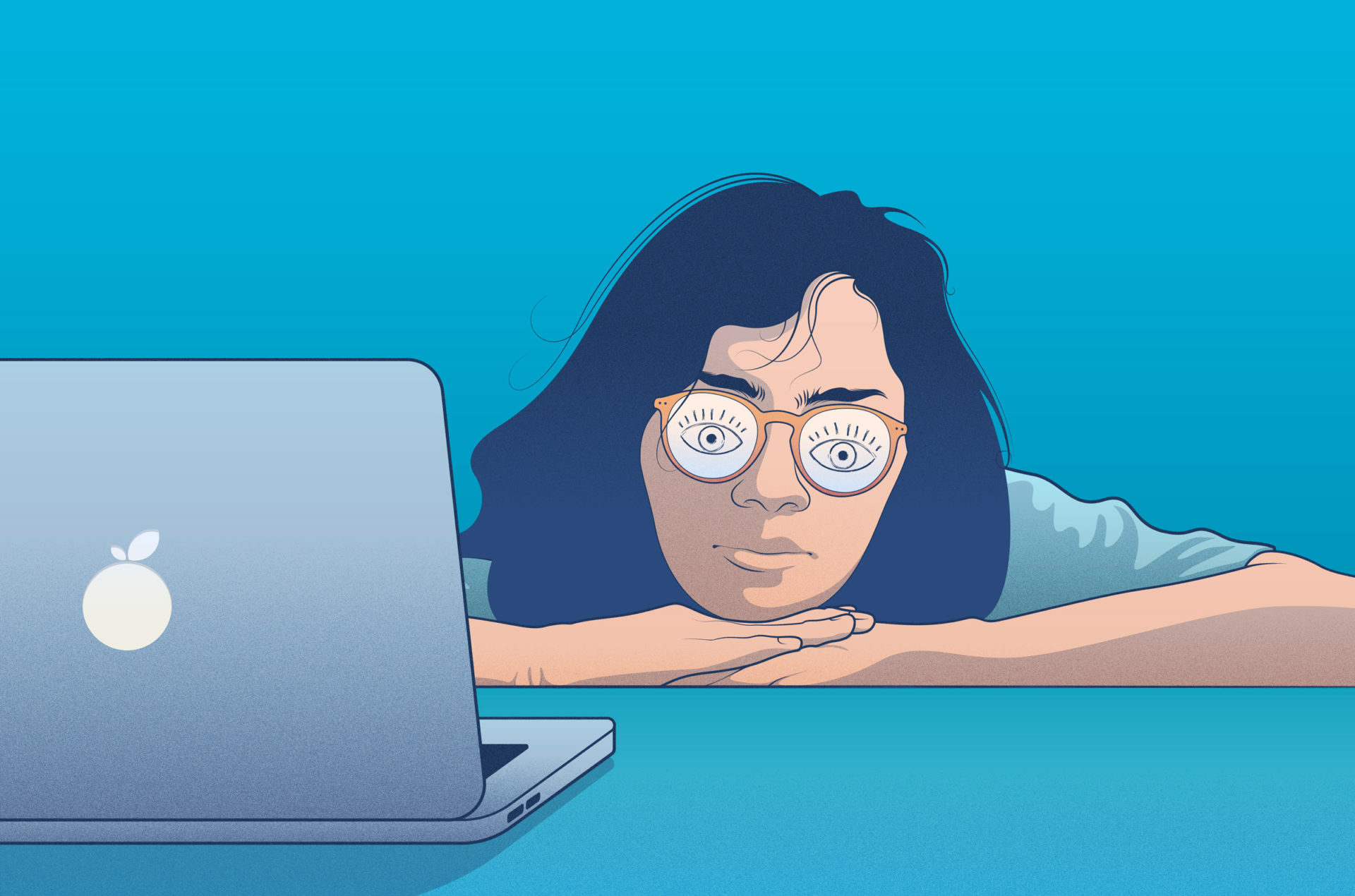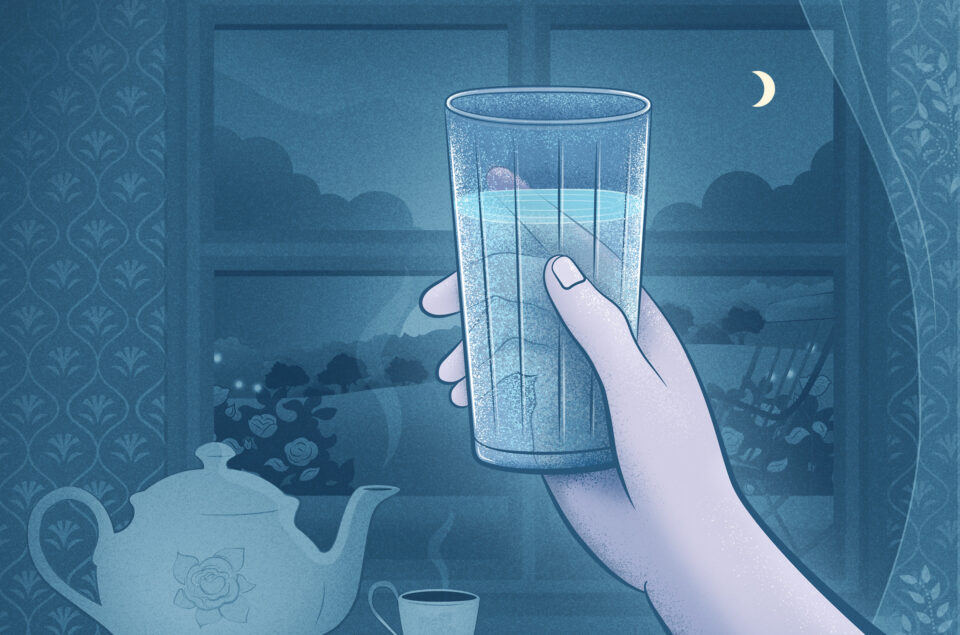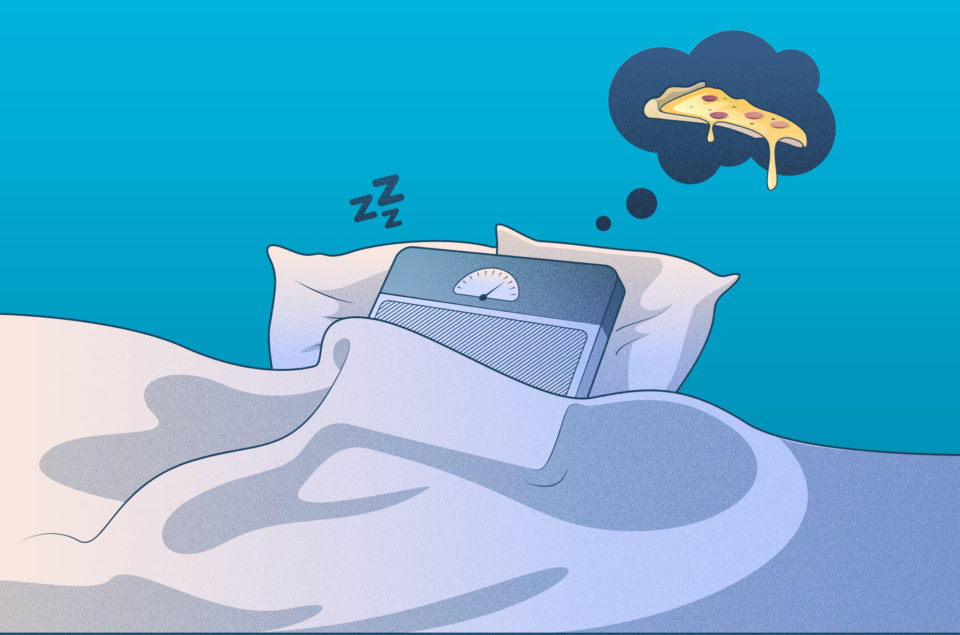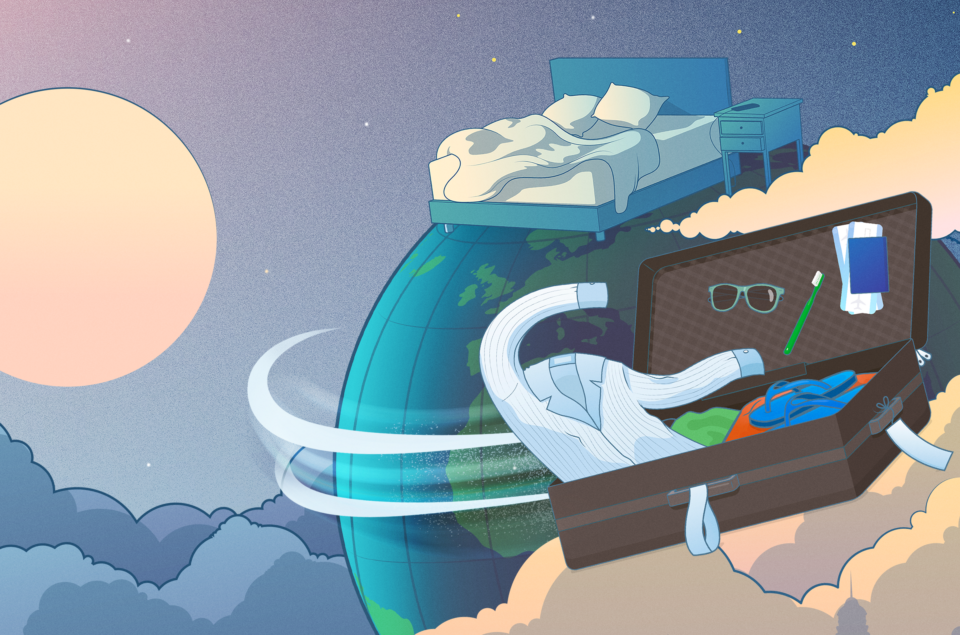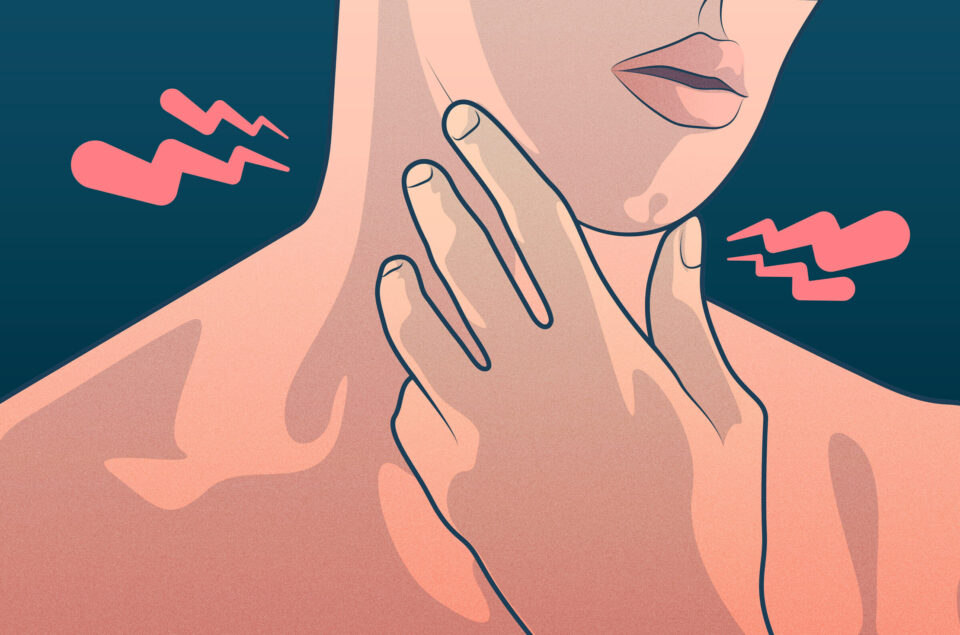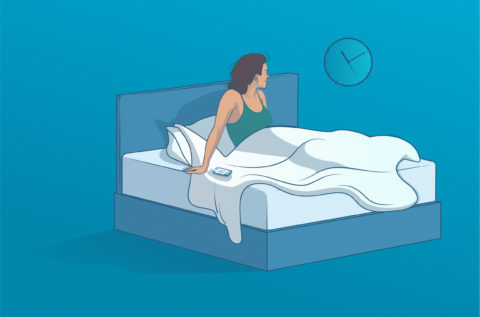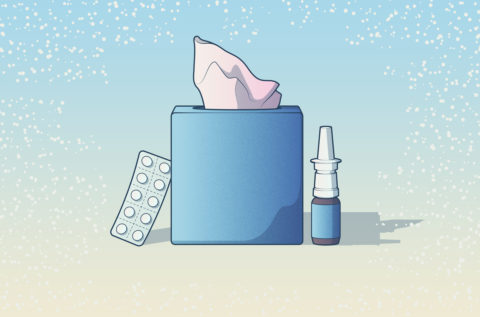Naps – a period of short sleep ranging between 10-90 minutes – have long been part of life in different cultures. Examples include post-lunch snoozes for workers in China or India, or siestas in Spain and Italy to escape the heat and revitalize the mind and body. How helpful is a power nap, which only lasts between 10-30 minutes – and are they for everyone? Let’s take a closer look at the research being power napping, and acquaint you with some powerful nappers throughout history.
What is a power nap?
A power nap is a short sleep (only between 10-30 minutes) intended to revitalize you. The term power nap was coined by Cornell University social psychologist James Mass. During a power nap, the sleeper intentionally terminates sleep before 30 minutes to avoid entering deep sleep, which could result in a groggy feeling and, in the worst case, last the rest of the afternoon – not the intended effect!
How long should a power nap be?
If you intend to nap for longer than 30 minutes, it’s almost better to go for a longer sleep (up to 90 minutes). It’s then no longer considered a power nap, but you’ll have gone through all stages of sleep and most likely will wake up in a light sleep phase. This longer daytime nap will then have a similar positive impact as the power nap.
Pairing your power nap with a cup of coffee may sound counterintuitive, but the idea has merit. Known as the stimulant nap or coffee and caffeine nap, the idea is to have a cup of coffee just before going for your nap. After 20 or so minutes the caffeine will have kicked in, helping you wake up from your power nap refreshed and alert.
Do power naps work? Immediate and long-term benefits
Research looking at the benefits of power napping on cognitive decline showed that naps improved cognitive performance for a longer period, and increased alertness. When looking at memory performance, power naps also had a positive impact.
One study measuring the most effective duration of a nap found that 10 minutes was the ideal time for a power nap. However, other research in the US found that napping up to 90 minutes also boosts brainpower with the immediate reward being that the brain’s temporary storage space clears out to make way for new information to absorb. The same study showed a control group who got to nap post lunchtime performed better in the afternoon’s set of exercises, as opposed to the group who had to stay awake all day.
A fascinating study following Swiss adults over a period of 8 years found that the adults who took naps 1-2 times a week had a lower risk of heart disease and stroke compared to the group of non-nappers. However, this advantage disappeared if naps exceeded twice a week, with researchers noting that naps shouldn’t substitute the sleep gained at night.
Further research is needed on the long-term effects of napping, however, in the short-term, the immediate rewards tend to be:
- clearer focus
- more energy
- mental wellness
- enhanced cognitive performance
Is there a catch?
It’s important to stay mindful of how you respond to naps. Do they end up making you feel groggy (sleep inertia) or disoriented? Then naps may not be for you, or perhaps you need to cut down the time you’re napping. And although a power nap is a great ally when you’re sleep deprived, it’s no replacement for prolonged periods of sleep deprivation. If you find it difficult to fall asleep or sleep well at night, it’s important to consider whether daytime napping is a hindrance rather than help.
Generally, the benefits are considered to outweigh any drawbacks, however, as mentioned earlier more research is needed on the long-term health effects.
How to power nap
Here’s a list of pro tips to get you started on your power nap journey.
- Set time limits for power naps and try not to exceed them
- Keep in mind that power naps are no substitute for prolonged sleep deprivation
- Create a safe and comfortable space to nap, preferably dark and cool
- Keep a journal of whether day naps are helping or delaying onset of sleep at night
Those who regularly nap seem to show greater benefits than those who don’t, however only you can measure whether or not they’re right for you.
Famous power nappers throughout time
These famous personalities all practiced daily power napping, with some resorting to slightly unconventional methods.
Salvador Dali – Dali would famously hold a metal spoon while going to sleep, sitting upright on a chair. He would keep a metal dish underneath him so that as he fell asleep and dropped the spoon, he would wake up from the loud noise of the spoon hitting the plate.
Einstein – the father of physics swore by 10 hours of night-time sleep as well as daytime naps. Like Dali, he also kept his naps short, not allowing himself to drift into deep sleep.
Margaret Thatcher – unlike Einstein, Thatcher only slept 4 hours at night-time, instead balancing this sleep debt with daytime naps.
Thomas Edison – the famous inventor, would supplement his less than desirable hours of nightly sleep (only 3 to 4 hours) with daytime naps. He also created spaces to nap at home and in his laboratories.
Bill Clinton – along with other former U.S. presidents (notably John F. Kennedy and Ronald Reagan) adopted daytime napping to cope with the pressure of higher office.
Winston Churchill – a passionate advocate of the power nap, Churchill referred to the power nap as the ‘refreshment of blessed oblivion‘.
If you nap, you’re in good company
As you consider whether power napping is for you, take inspiration from pioneering companies such as Google, Meta (or Facebook to most of us), Huffington Post, Cisco that have led the way by creating designated spaces, that include sleep pods, for napping.
And when the instant rewards are increased creativity and a re-energized workforce, who wouldn’t encourage staff to take naps? So next time you’re asked to contribute to the office suggestion box – consider putting power nap pods on that wish list!
